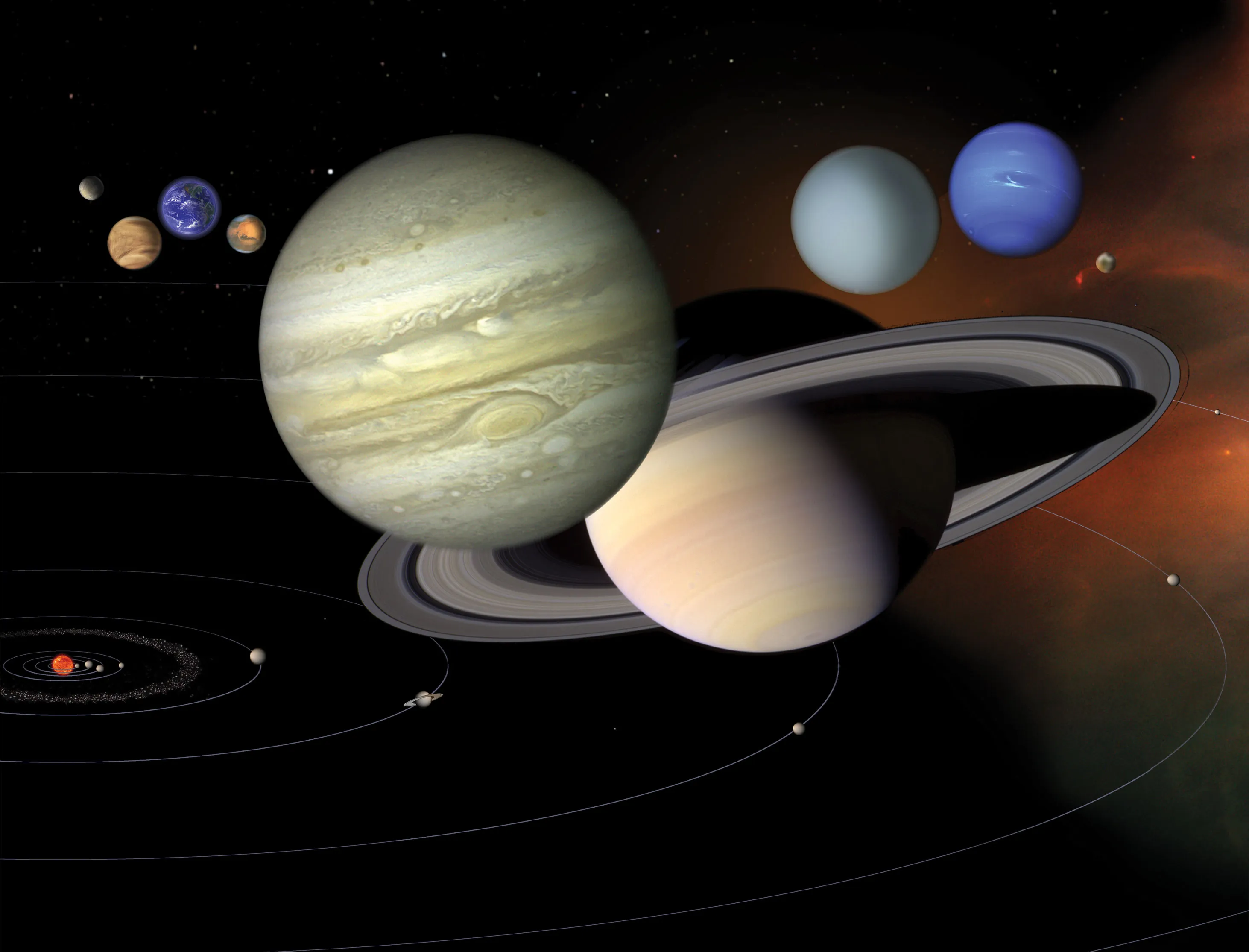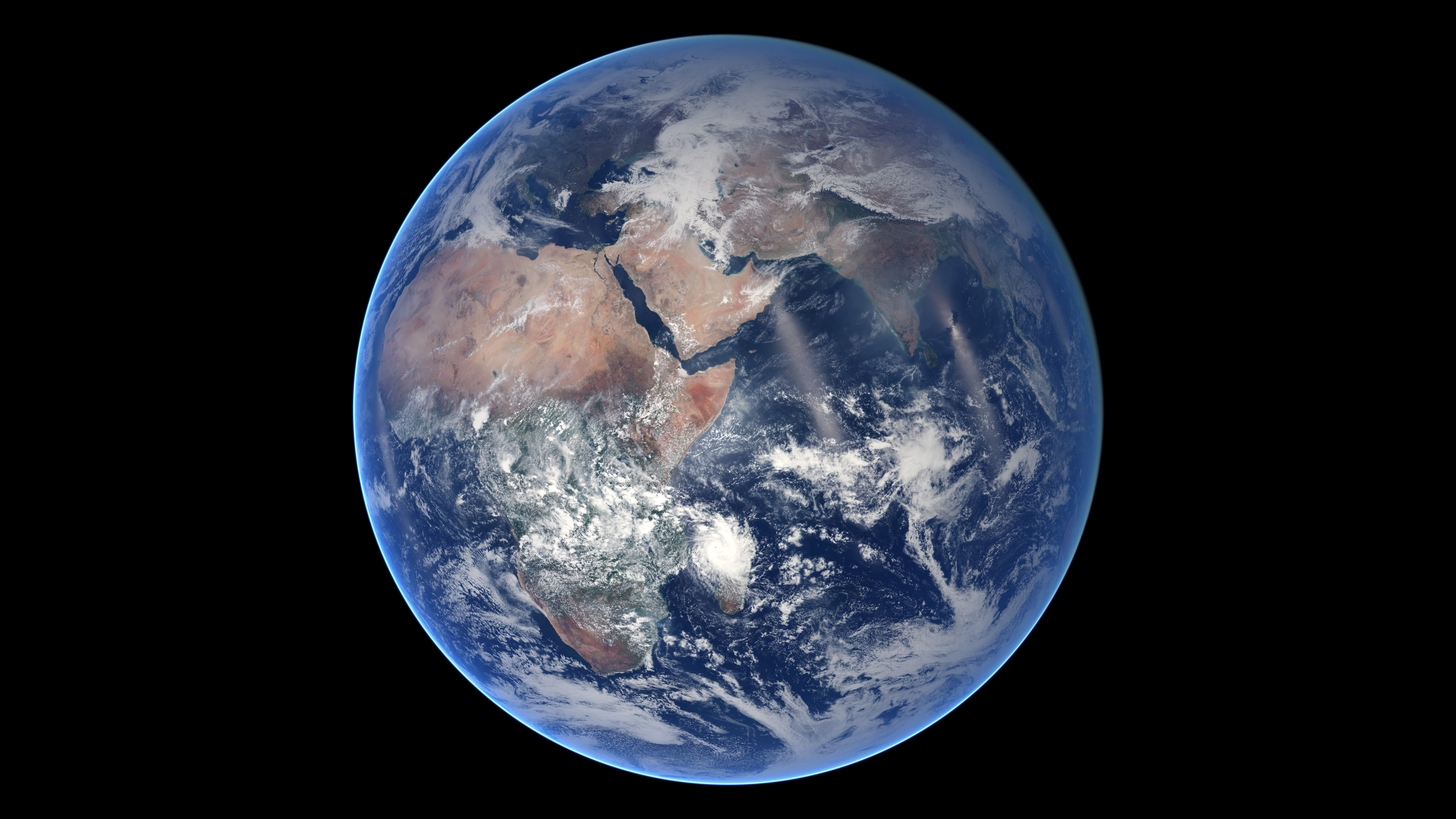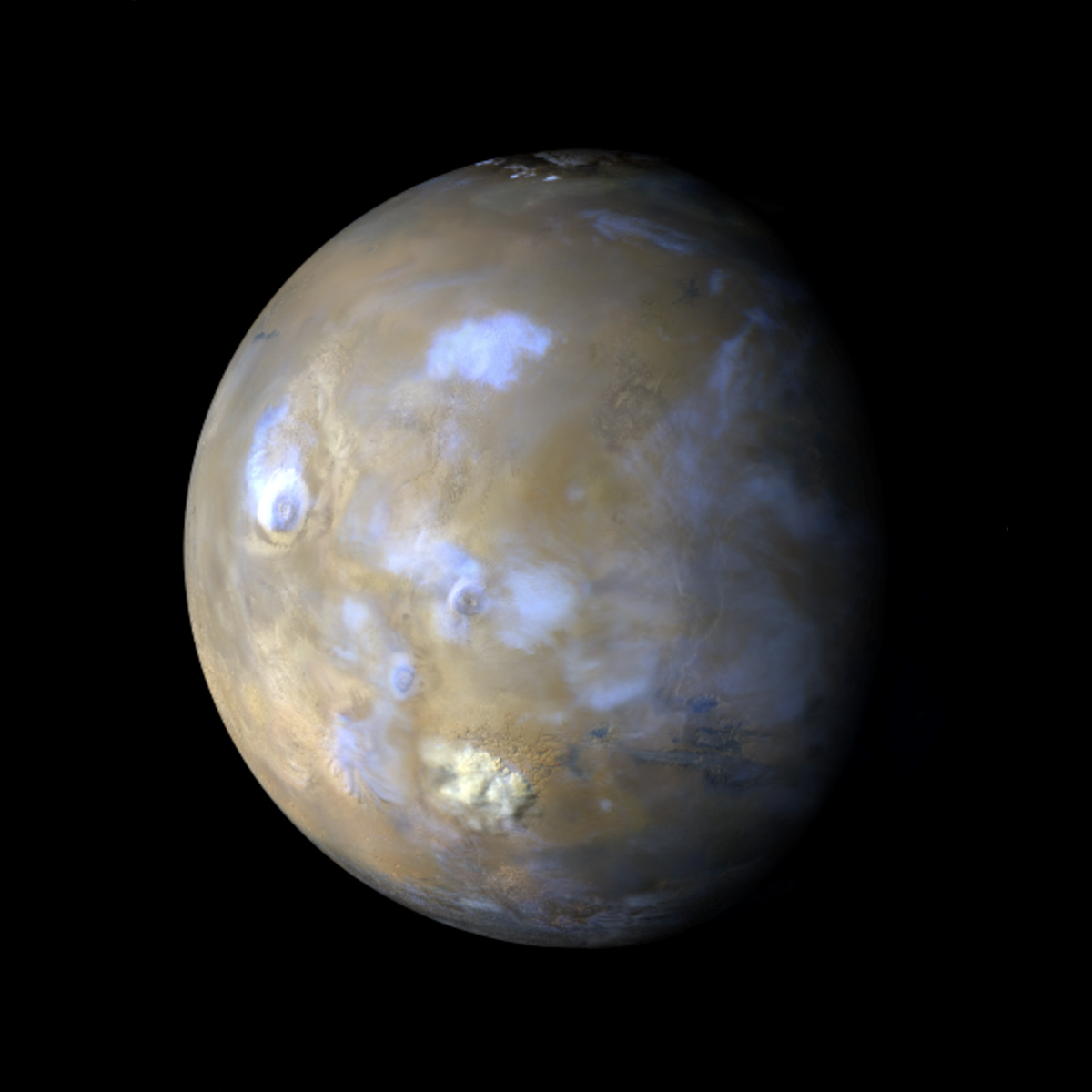The solar system formed about 4.6 billion years ago from a giant molecular cloud of gas and dust in space. This cloud, known as the solar nebula, likely collapsed due to the influence of a nearby supernova explosion or a shockwave from a previous star-forming event.
As the solar nebula collapsed, it began to spin and form a rotating disk. In the center, a young Sun formed, while the surrounding material in the disk started to clump together due to gravity. These small clumps, called planetesimals, collided and merged, gradually forming protoplanets.
Over millions of years, these protoplanets continued to grow by accreting more material from the disk. Eventually, the four inner planets (Mercury, Venus, Earth, and Mars) formed closer to the Sun, where it was hotter, allowing only dense materials to survive. Further out, in the colder regions of the disk, gas giants like Jupiter and Saturn formed, accumulating large amounts of hydrogen and helium.
Some protoplanets and planetesimals were ejected from the inner part of the solar system due to gravitational interactions, while others collided and merged. This process, known as planetary migration, played a significant role in shaping the final arrangement of the planets.
The remaining material in the solar nebula formed smaller objects like asteroids and comets. These remnants continue to exist in various parts of the solar system, providing valuable insights into the early history and composition of our celestial neighborhood.











